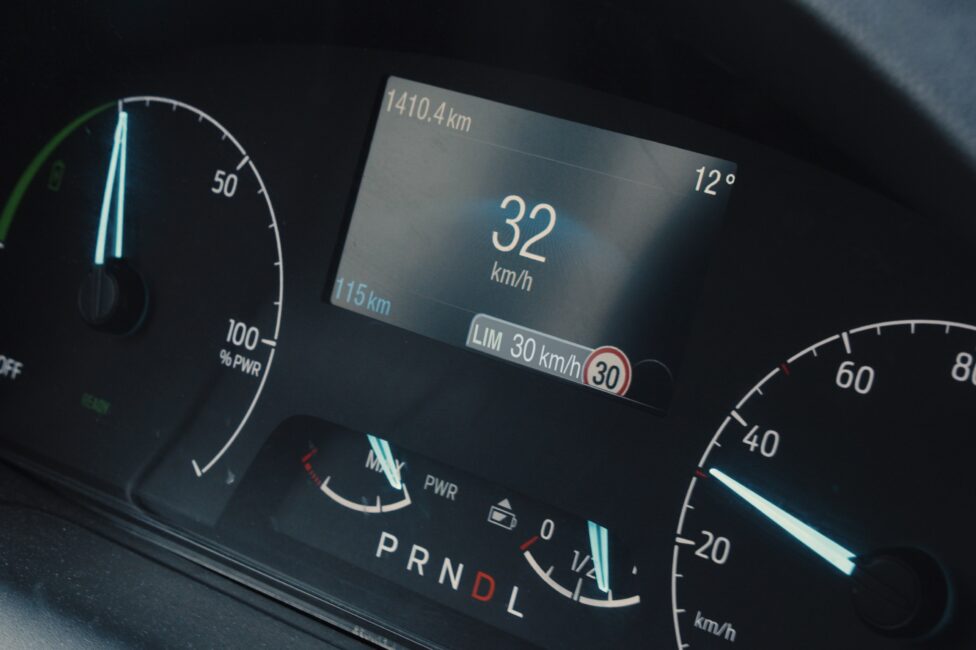Could it be the end of the road for road signs?

The era of connected and geo-located cars could spell the end of traditional speed limit signs and certain other kinds of road traffic signs. In addition to combating visual pollution in cities and on roads, this solution could make streets potentially safer for other road users, starting with pedestrians.
Today, driver assistance technologies already play an important role in helping drivers stay within speed limits. The idea here would be to inform them in real time, while enabling the car to automatically adjust in line with these different limits. This is what Ford is currently testing with its Geofencing Speed Limit Control system.
In concrete terms, the driver would receive this information directly on the vehicle dashboard, with the new speed limit flashing up just below the current speed. At the same time, the vehicle automatically reduces its speed according to the limit in the geofenced zone. At any time, the driver can override the system and deactivate the speed limit control function. In the future, this system could allow drivers to define their own speed limit zones, in depots or private facilities, for example.
Tests are currently being conducted by Ford in Germany. The American carmaker is using two commercial vehicles to analyze the impact of the speed limiting system on traffic flow and accident risks. The tests cover all 30 km/h zones in the city center of Cologne, as well as some 50 km/h zones. They are expected to last one year.














